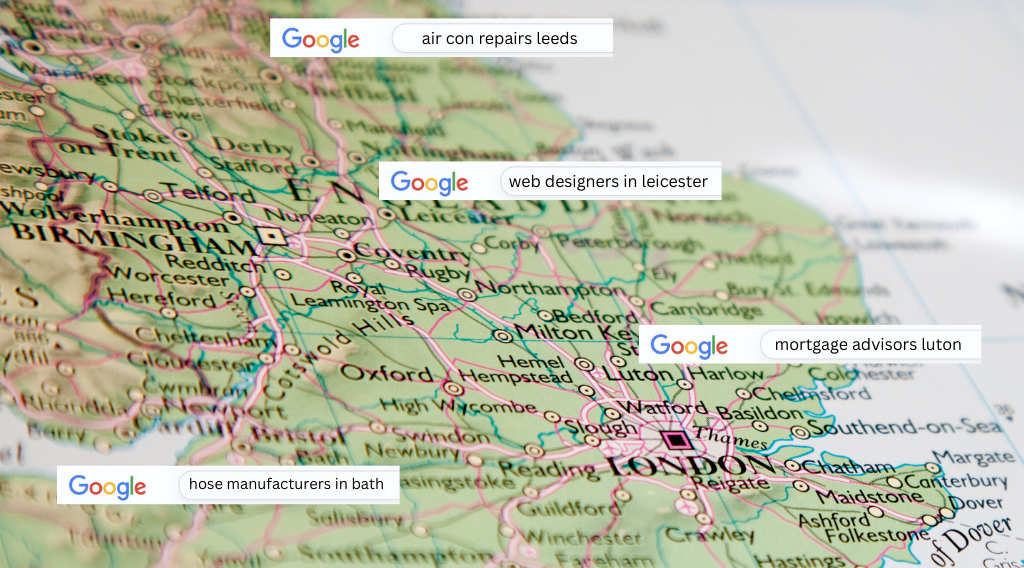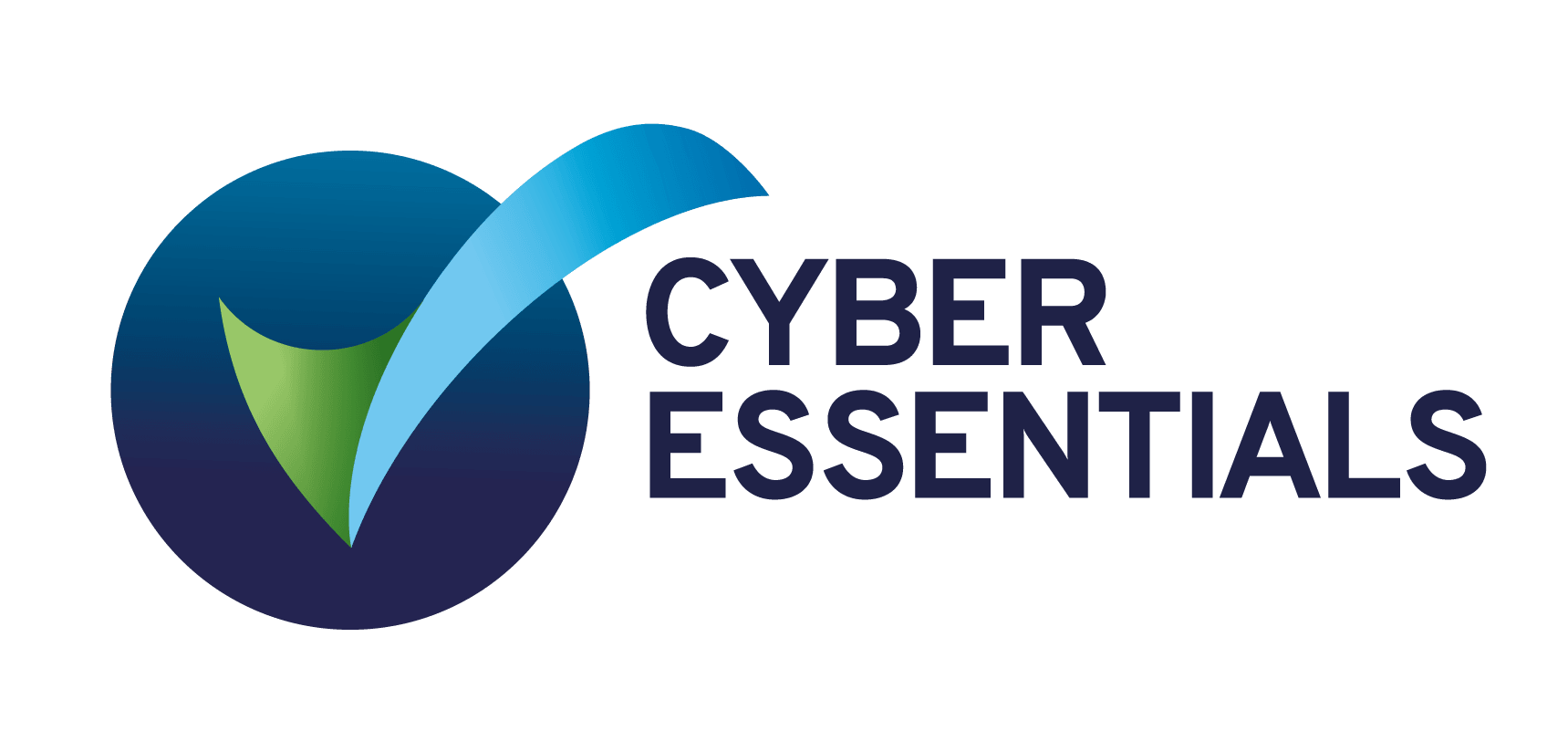From Tortoise to Turbo: How to Optimise Your Website Speed for Better Rankings
From Tortoise to Turbo: How to Optimise Your Website Speed for Better Rankings
Is your website moving at a snail's pace while your competitors soom ahead? It's time to trade in your tortoise for a turbocharged website that leaves the competition in the dust. In today's digital landscape, website speed is not only important for user experience, but also crucial for search engine rankings. Slow-loading pages can drive potential customers away and push your website down the search results.
In this article, we'll reveal the secrets to optimising your website speed and propelling your rankings to new heights. We'll explore how website speed impacts user engagement, bounce rates, and conversions. Whether you're a small business owner, a seasoned marketer, or an aspiring SEO professional, these proven strategies will help you transform your website into a high-performance powerhouse.
From minimising file sizes and reducing server response time to leveraging browser caching and CDN integration, we'll cover all the essential techniques you need to know. Get ready to make your website faster, and watch as your rankings soar. It's time to leave the tortoise behind and embrace the speed and power of a turbocharged website.
The importance of website speed for SEO
Website speed is a key factor that search engines consider when determining rankings. Google has made it clear that faster-loading pages are more likely to rank higher in search results. This is because search engines prioritise websites that provide the best user experience, and a slow website can be frustrating for users.
In addition to search engine rankings, website speed also affects user engagement. Studies have shown that users are more likely to abandon a website if it takes too long to load. This leads to higher bounce rates and lower conversion rates, ultimately impacting your bottom line.
To stay ahead of the competition and ensure your website ranks well in search results, it's crucial to optimise your website speed. Let's dive into the factors that affect website speed and how you can measure and improve it.
Understanding website loading times
Before we dive into the strategies to improve website speed, it's important to understand the different components that contribute to loading times. When a user visits a website, several processes take place behind the scenes to deliver the content to their browser.
The first step is the user's request to access a webpage, which is sent to the website's server. The server processes the request and retrieves the necessary files and data to display the webpage. These files include HTML, CSS, JavaScript, images, and other resources.
Once the server collects all the required files, it sends them back to the user's browser. The browser then interprets the files and displays the webpage to the user. The time it takes for all these processes to happen is what determines the website's loading time.

Conclusion and next steps
Optimising your website speed is a crucial step towards improving user experience, reducing bounce rates, and boosting search engine rankings. By implementing the strategies outlined in this article, you can transform your tortoise-like website into a turbocharged powerhouse.
Remember to measure your website's speed using tools like Google's PageSpeed Insights or GTmetrix and address any issues that affect performance. Implement caching techniques, minimise file sizes, optimise images, and choose the right hosting provider to achieve optimal website speed.
As you optimise your website speed, keep an eye on your analytics to measure the impact of these changes. Monitor user engagement, bounce rates, and conversion rates to gauge the effectiveness of your optimisation efforts.
With a fast-loading website, you'll not only improve your search engine rankings but also provide a better user experience. So leave the tortoise behind and embrace the speed and power of a turbocharged website. Your visitors and search engines will thank you!
Now it's time to take action and optimise your website speed. Follow the steps outlined in this article, and watch as your rankings soar. Good luck on your journey to website speed optimisation!















